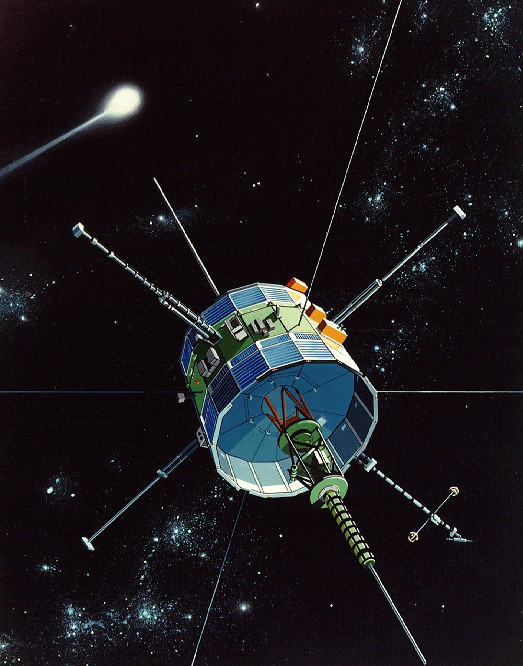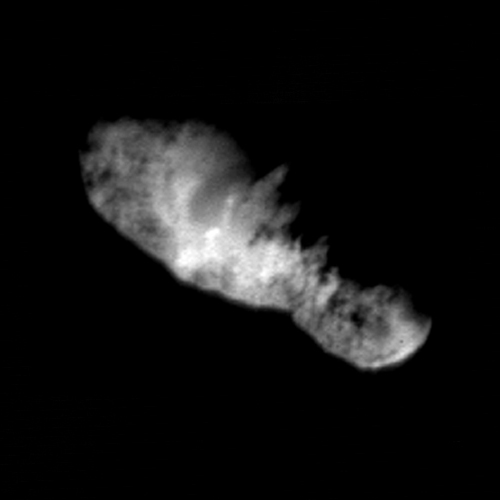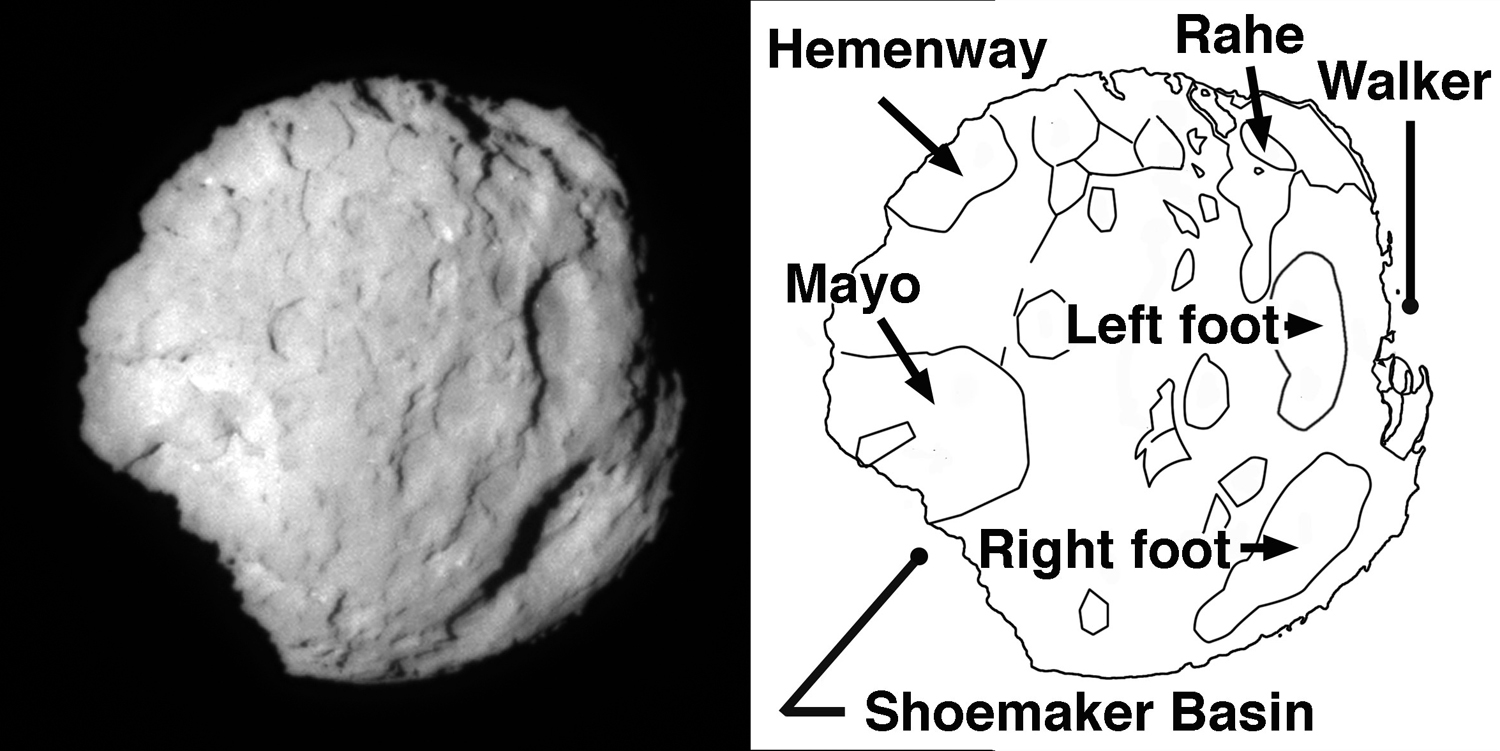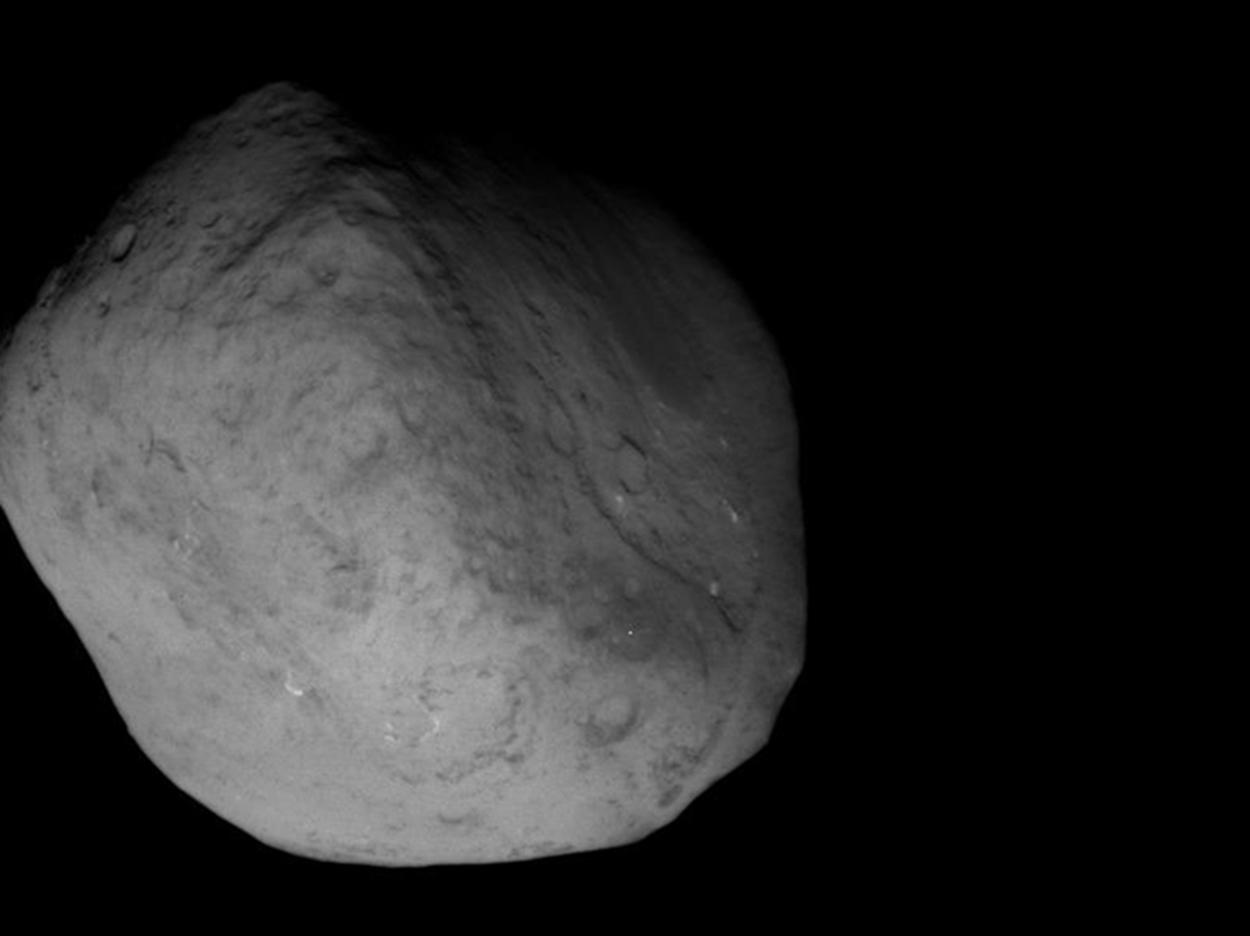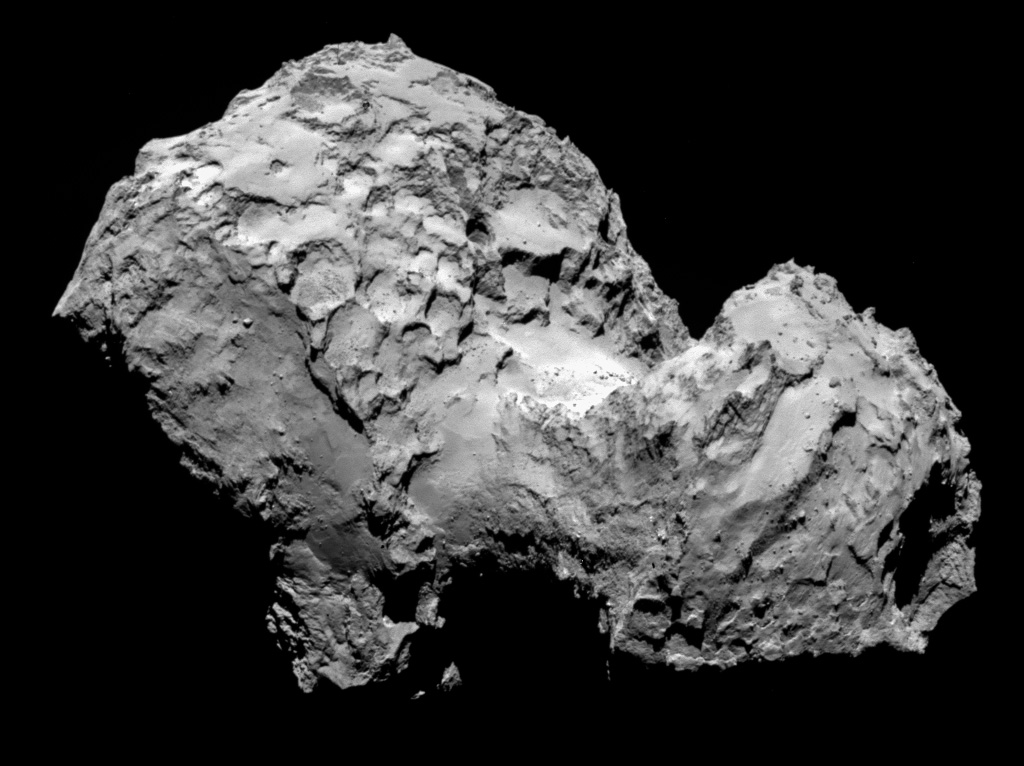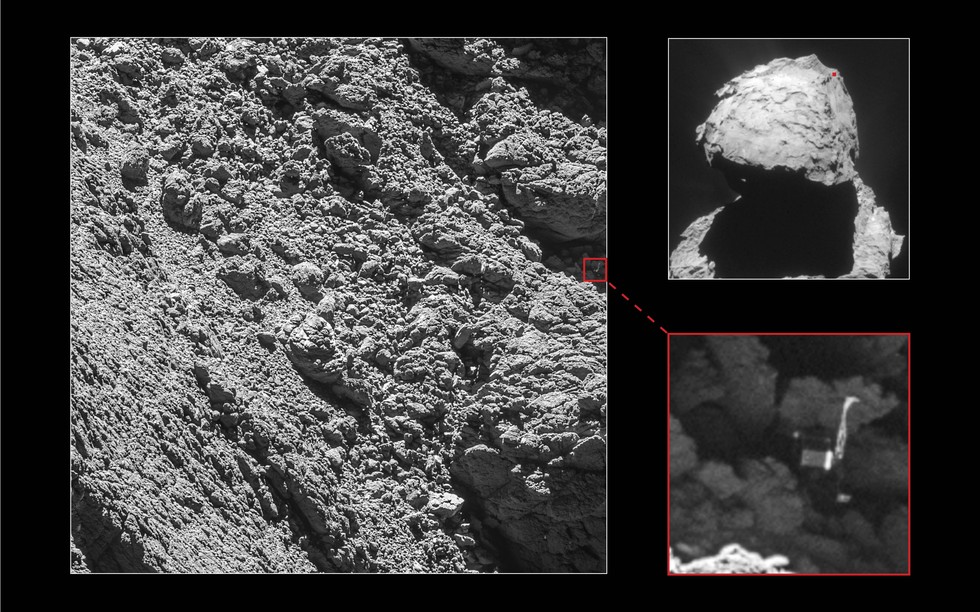The Greatest Comet Close Encounters of All Time
Close Encounters of the Comet Kind
Comets are some of the most spectacular and eye-catching objects in our solar system. And they're no strangers to visitors from Earth … robotic ones, that is.
A veritable fleet of unmanned spacecraft have been launched to different comets over the years to see famed icy wanderers like Halley's Comet or Tempel 1 (which NASA visited with two different probes) up close and personal.
Take a look at the best close encounters of the comet kind in this short history of unmanned cometary exploration.
Updated Sept. 28, 2016.
Comet Giacobini-Zinner
The first spacecraft to visit a comet was the International Cometary Explorer, which zipped through the tail of Comet Giacobini-Zinner in September 1985. ICE was originally launched in 1978, as part of the International Sun-Earth Explorer mission to study Earth's magnetosphere and its interaction with the solar wind.
Halley's Comet
The famed Halley's Comet was the first comet a spacecraft imaged up close. In 1986, the ESA's Giotto probe zoomed to within about 372 miles (600 km) of the icy wanderer's nucleus. Four other spacecraft also visited Halley that year — two each from the Soviet Union and Japan — but none approached as close as Giotto, according to NASA.
Giotto returned a lot of useful information, finding that the comet's nucleus is rough, porous, dark and dusty. The probe's data also helped scientists determine that Halley is made of some of the oldest stuff in the solar system, volatiles that condensed onto dust particles about 4.5 billion years ago.
Halley is about 9 miles (15 km) long by 5 miles (8 km) wide or so. It completes a circuit around the sun every 75 or 76 years. It should return to the inner solar system around 2061.
Comet Borrelly
NASA's Deep Space 1 probe flew to within 1,364 miles (2,200 km) of Comet Borrelly in September 2001. The spacecraft returned dazzling and surprising photos, showing rolling, pitted terrain marked by grand mesas.
Deep Space 1's pictures of the potato-shaped Borrelly were hailed by scientists as the best yet taken of a comet. These images showed that Borrelly is even darker than Halley, reflecting just half as much light as the surface of the moon.
Comet Borrelly is about 5 miles (8 km) long and makes a complete trip around the sun once every 6.9 years.
Comet Wild 2
Astronomers gained more insight into comet composition and behavior when NASA's Stardust spacecraft swung within 186 miles (300 km) of Comet Wild 2 (pronounced "Vilt 2") in 2004.
Stardust observed lots of cliffs and hills on the comet's surface, as well as active, gas-spewing vents. The probe also collected some dust from Wild 2's coma — the cloud surrounding the comet's nucleus — and brought the stuff back to Earth.
Wild 2 is a small comet, measuring just 3.1 miles (5 km) across. It makes a full lap around the sun every 6.4 years or so.
Comet Tempel 1
The Deep Impact spacecraft served as mothership for NASA's mission to Comet Tempel 1, which crashed an 820-pound (371-kilogram) probe into the ice ball in 2005.
The impact revealed a great deal of water inside and on the surface of Tempel 1, as well as many organic molecules — the building blocks of life — in its interior. Researchers also got glimpses of layered, primordial material within the comet, yielding clues to how the comet may have formed 4.5 billion years ago.
Tempel 1 is about 4.3 miles (7 km) across and has an orbital period of 5.5 years. It is the only comet ever to be visited by two different NASA spacecraft, years apart.
NASA's Stardust probe, fresh off its Wild 2 adventure, flew by Tempel 1 on Feb. 14, 2011, to take a new look at the comet and study how it has changed over time.
Comet Hartley 2
After its Tempel 1 rendezvous, Deep Impact chased the comet Hartley 2. On Nov. 4, 2010, the spacecraft approached to within 435 miles (700 km) of the comet to take data with its three instruments — two telescopes with digital color cameras and an infrared spectrometer.
Researchers said the flyby returned good data on the composition of the comet's icy nucleus. They were also eager to compare Hartley 2 to the four other comets spacecraft have visited, to generate a general sense of what makes comets tick.
Hartley 2, while just under a mile (1.5 km) across, is incredibly active, spewing lots of dust and gas and coughing up poisonous cyanide. [Video of Comet Hartley 2 jets]
The comet completes a solar-system circuit every 6 1/2 years and was discovered in 1986 by astronomer Malcolm Hartley.
Breaking space news, the latest updates on rocket launches, skywatching events and more!
Comet 67P/Churyumov-Gerasimenko
The European Space Agency's Rosetta spacecraft arrived at Comet 67P in 2014. Its lander, "Philae," would make the most detailed study of a comet to date.
After a delay preventing it from heading to Comet 46P/Wirtanen as planned, Rosetta launched in March 2004 towards a new target, Comet67P/Churyumov-Gerasimenko.
After entering orbit around Comet 67P/Churyumov-Gerasimenko, Rosetta released its Philae lander, which touched down on the icy wanderer's nucleus.
Lost and Found at Comet 67P
Rosetta's Philae lander made a bumpy landing on Comet 67P on Nov. 12, 2014. The lander was supposed to produce the most detailed observations of a comet yet, but it got stuck in a dark crevice and ran out of power.
ESA announced that they found the lander in a photo taken by Rosetta on Sept. 6, 2016 — just a few weeks before Rosetta is scheduled for a crash landing on the comet.

Michael Wall is a Senior Space Writer with Space.com and joined the team in 2010. He primarily covers exoplanets, spaceflight and military space, but has been known to dabble in the space art beat. His book about the search for alien life, "Out There," was published on Nov. 13, 2018. Before becoming a science writer, Michael worked as a herpetologist and wildlife biologist. He has a Ph.D. in evolutionary biology from the University of Sydney, Australia, a bachelor's degree from the University of Arizona, and a graduate certificate in science writing from the University of California, Santa Cruz. To find out what his latest project is, you can follow Michael on Twitter.

